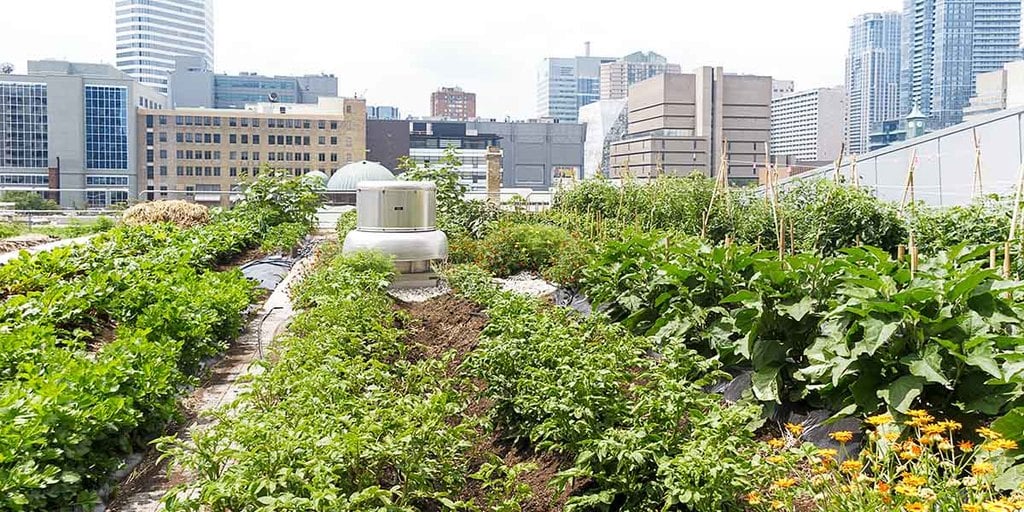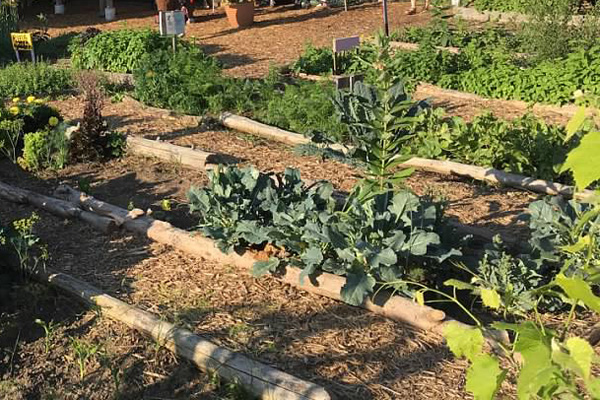Top Guidelines Of City Blooming
Top Guidelines Of City Blooming
Blog Article
A Biased View of City Blooming
Table of ContentsExcitement About City BloomingSome Known Incorrect Statements About City Blooming The Definitive Guide to City BloomingThe Single Strategy To Use For City BloomingThe 4-Minute Rule for City Blooming
Fascinated in expanding food up for sale in the City of Chicago? Thinking of beginning a neighborhood garden? Changes to the Chicago Zoning Regulation permit farming uses like community gardens and urban ranches in numerous parts of the city. Below is a checklist of regularly asked questions relating to the regulations and regulations that farmers must consider when planning a metropolitan farming project.
The zoning amendment does not customize any kind of other codes taking care of composting, building licenses, purchasing or renting City owned residential or commercial property, organization licenses or ecological contamination. There are existing codes that manage these concerns and they stay completely result and might be appropriate to your project. Community gardens are commonly had or managed by public entities, civic organizations or community-based companies and kept by volunteers.
Urban ranches grow food that is intended to be sold, either on a nonprofit or for-profit basis. As a result of their commercial purpose, metropolitan farms require a business certificate. Yes. An area yard is enabled to sell surplus produce that was grown on site if the sales are accessory or subordinate to the garden's primary objective defined above.
Not known Facts About City Blooming
Composting is permitted however just for plant material that is created and utilized on site. The amount of compost material can not exceed 25 cubic backyards at any provided time according to the standards in 7-28-715 of the City's Municipal Code. Yes. Because the soil at a lot of new garden websites requires changing, garden compost, dirt, wood chips, or other materials can be obtained to build or enhance the growing room - indoor plants.

If a structure license is required after that the hoophouse will certainly be taken into consideration an accessory building. You can discover more concerning the structure authorization demands by getting in touch with the Department of Buildings. The 25,000-square-foot dimension limit is meant to stop a solitary neighborhood yard from dominating an offered block or interfering with the block's existing domestic or business character.
The limit does not relate to yards found in Public Open Room (POS) districts. Can there be more than one neighborhood yard that is 25,000 square feet on a solitary block? Yes. The size limitation puts on individual yards, not to specific blocks. No. Secure fencing is not required, nonetheless, yards that have huge parking lot might be required to set up fencing or various other landscape design functions.
The Best Guide To City Blooming
B1 & B2 areas need that all business usage activities be performed indoors. Is fencing required for metropolitan ranches? Fences may be called for, along with landscape design and screening, for certain car park areas and outside job or storage right here space areas depending on location and the particular activity taking area.
Yes. Urban ranches need building permits and zoning authorizations prior to building. Other forms of city review may be called for relying on particular structures, activities, size, landscaping, licensing, public heath and stormwater administration issues. Much of these needs are identified in the task design or permitting process, nevertheless, the candidate may be accountable to separately identify specific licenses or allows that may be called for.
The Department of Business Matters and Customer Defense can assist establish the details kind of service certificate that's called for. Off street vehicle parking is required for the majority of commercial projects in Chicago. The called for number of car park areas is based on the number of staff members working on site and not the square video of the growing space.
Getting The City Blooming To Work

Yes. A metropolitan ranch can offer compost material produced on website, however, the operation needs to adhere to the regulations in 7-28-715 of the Chicago Municipal Code. Yes. Aquaponic systems are allowed indoors on city ranches in many zoning areas. Nevertheless, a zoning review and structure authorization is required in order to mount structures or systems and an organization license is called for as explained above.
Up to 5 hives or colonies of honey bees might be maintained as an accessory use. Nevertheless, beekeepers have to sign up with the Illinois Department of Farming. For additional information regarding the recommended zoning change you may contact the Division of Housing and Economic Development, Bureau of Planning and Zoning at 312.744.8563.
Farming in cities and metropolitan areas A metropolitan farm in Chicago. Urban farming refers to various methods of growing. http://go.bubbl.us/e31e8c/192c?/City-Blooming, handling, and dispersing food in urban locations. The term additionally uses to the area activities of animal husbandry, aquaculture, beekeeping, and gardening in a city context. Urban farming is identified from peri-urban agriculture, which occurs in backwoods at the edge of suburban areas.
The 8-Minute Rule for City Blooming
, who look for to create social networks started on a common ethos of nature and community holism. These networks can create by means of official institutional support, coming to be integrated right into local town planning as a "transition community" movement for lasting urban advancement.
Some of the first evidence of city farming comes from Mesopotamia.
Report this page